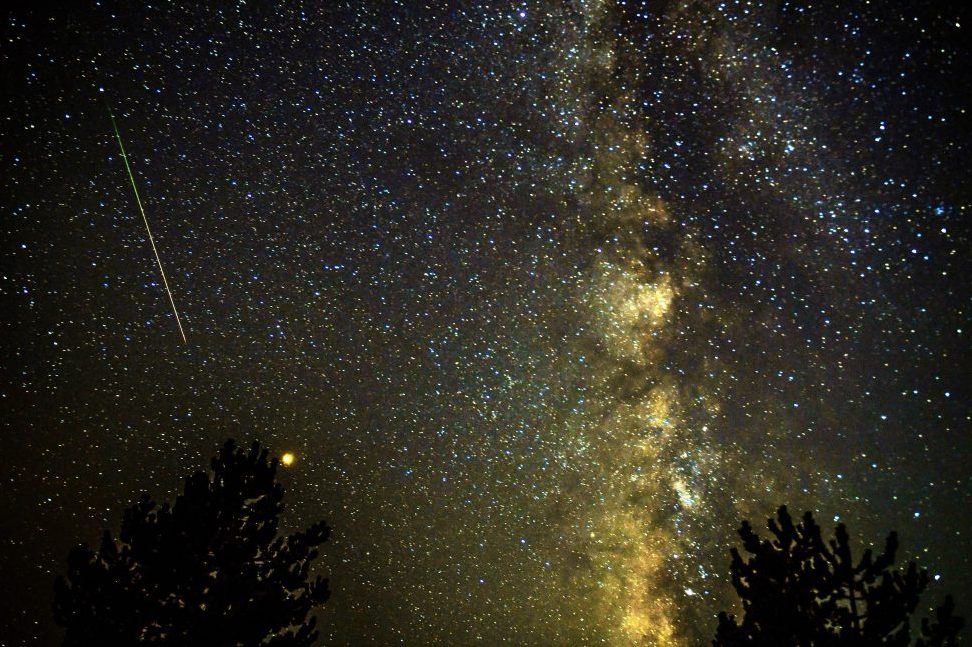The coronavirus pandemic may have nixed most annual summer events, but it hasn’t stopped nature’s most spectacular yearly meteor shower, the Perseids, from lighting up the night sky.

The Perseids come around once a year in mid-August, when the Earth passes through a trail of comet dust on its way around the sun. The dust burns up in the Earth’s atmosphere, generating so-called “shooting stars” — and even the odd fireball — in the night sky.
It’s said to be the most spectacular meteor shower of the year. It’s also the easiest to watch because of the summer weather and the high volume of meteors.

The 2020 meteor shower is already underway and will peak on Wednesday, Aug. 12, NASA says. The Perseids typically deliver about 50-100 meteors per hour at their peak, although the moon will likely outshine some of the weaker streaks this year.
Early risers can catch the light show at its peak on Wednesday morning before dawn in North America. Skywatchers can expect about 15-20 meteors per hour, NASA says.
Folks in southern Ontario will have an especially clear view, according to Global News chief meteorologist Anthony Farnell.
The meteor shower will still be impressive on Thursday and Friday morning, according to the astronomy website EarthSky. The site recommends checking out the sky before dawn or after midnight, before the moon rises.
The Perseids are caused by debris from comet 109P/Swift-Tuttle, which loops around the sun on a 133-year orbit.
The meteor shower takes its name from Perseus, the constellation that appears in the northern sky in August after sunset. The meteors can be seen in the sky near this constellation.

The best way to catch the meteor shower is to go somewhere dark, away from the bright lights of a city or town. The best way to see a shooting star is with the naked eye, NASA says. It may take about 30 minutes to properly adjust to the darkness, and you should definitely avoid using your phone during that time.
“Telescopes or binoculars are not recommended because of their small fields of view,” the agency says.
The meteor shower is expected to last until Aug. 24.
That means you’ll get a good chance to wish upon a shooting star if you look up after dark this month.
And with the way 2020 is going, you’ve probably got a lot to wish for.




Comments